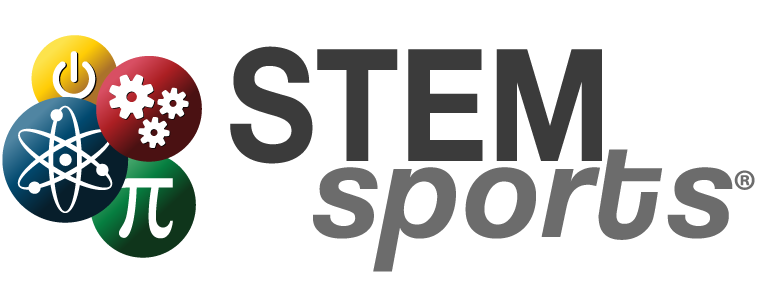On June 24, 2019, the annual International Society for Technology in Education (ISTE) conference addressed a commonly disputed issue throughout the education system- how to fit computational thinking into the curriculum.
The talk was hosted by ISTE Computer Science Advisor and Govern For America Co-Founder and CEO Octavia Abell and senior director computer science initiatives Dave Frye. After hearing the talk, one attendee said, “the question isn’t so much where you can find computational thinking as it is where can’t you find it.”
What is the difference between computational thinking and computer science?
Computer science focuses on the study of computers and computational systems. This is different from computational thinking. Frye explained computational thinking as, “the thought processes involved in formulating problems and their solutions so they can be carried out by an information-processing agent. It’s a process that involves formulating problems, organizing and analyzing data, representing data through abstractions, automating solutions, and testing and refining those solutions for efficiency.”
In recent years, there has been a push for schools to give students the 21st century tools they need to be successful in the new, technologically focused, workforce. It is because of this that the demand for computer science curriculum has increased. Yet, many educators have come to believe that inserting computational thinking into the curriculum will take away time for the remaining subjects.
However, the speakers debunk this common misconception with saying that computational thinking can be incorporated into all curriculum from technology to music. The four key components of computational thinking are: decomposition, pattern recognition, algorithms and abstractions. Within these four areas, all of the essential school subjects can be intertwined into these real-world applicable skills.
Decomposition is the idea of breaking down complex problems into smaller parts. This concept can be taught during language arts, english class when analyzing written works. Whether it is poetry or books, breaking the piece down into smaller and more manageable parts can lead to better comprehension of the author’s overall message.
Pattern recognition is focused on finding trends within things. This is very similar to the approach used in history classes in order to study the cycles of previous events and trends within the country’s economy.
Algorithms teach students how to develop steps in order to efficiently complete a task. This is real-world applicable in almost any future occupation. For example, the use of social media. Every social media application has a news feed that functions under a specific algorithm to maximize its organization.
Abstraction allows students to take the trends found in pattern recognition and turn them into rules. This skill aligns well with environmental science and a very pressing issue in today’s world- the extinction of animals. Scientists use this skill to predict how the removal of an animal from the ecosystem will affect the remaining animals and the environment.
By laying out the ways that each of these things can be applied to school curriculum, the speakers were showing how simple and impactful adding computational thinking will be. Rather than approaching this as something that needs to be added in as its own separate lesson, it should be seen as something that will enhance the subjects that are already being taught.
Computational thinking is a skill that will help students long into their adulthood and their future profession. The earlier we can start to aid these students with these real-world applicable skills, the easier it will be for them to properly use and apply them in their daily life.
